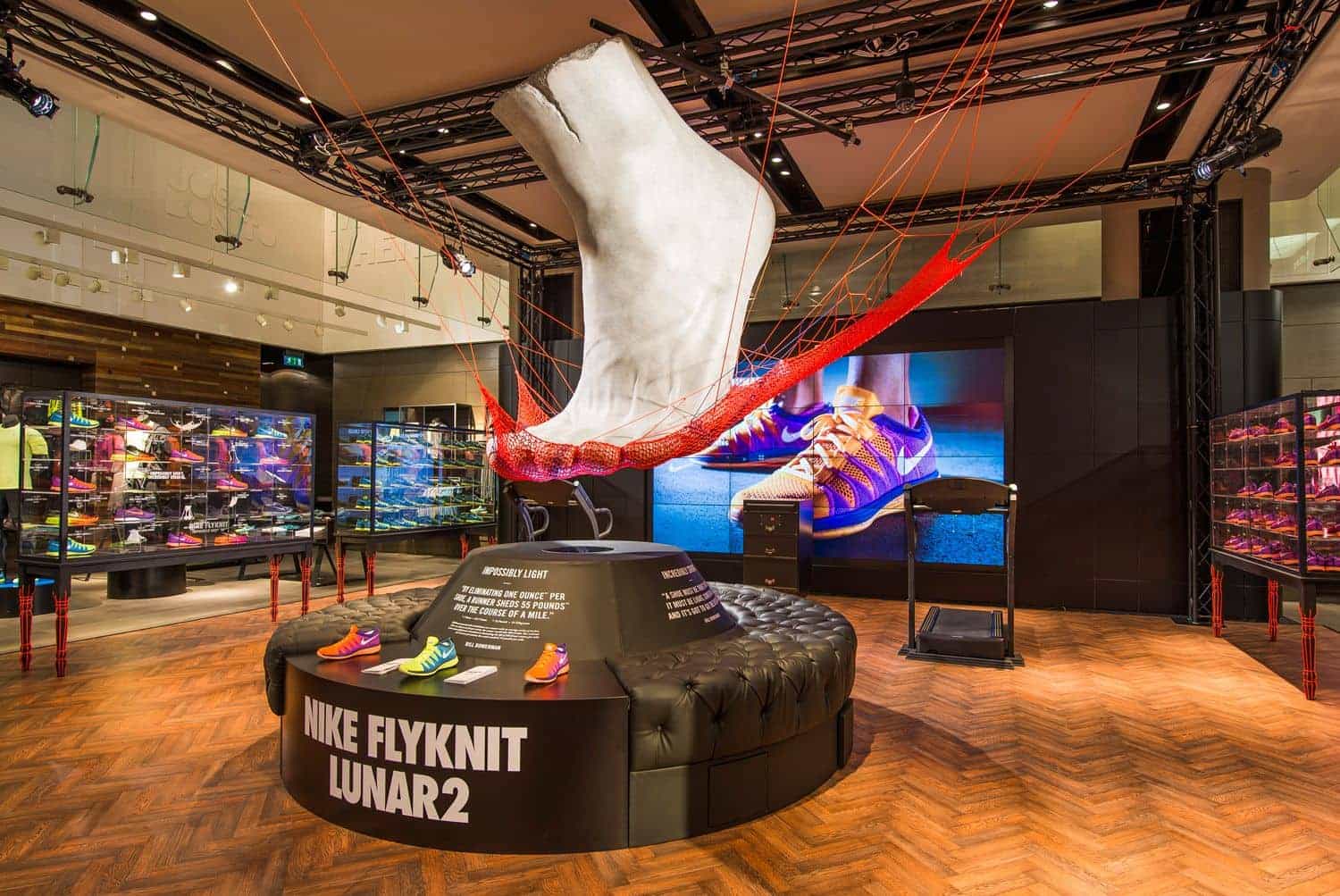
In recent years, customer behaviour when making a purchase has changed remarkably. With the advent of new technologies and the internet, ways of communication have emerged, along with innovative methods to connect with customers and sell products or services.
Due to these changes, the retail sector has been compelled to modify its strategies to create a customer experience that caters to new demands. Companies must constantly innovate across all their processes, both external and internal, to keep their brand image, products, and services up to date. Today, designing a great customer experience is the most significant challenge for any business. Standing out from the competition, enhancing your brand image, connecting with the public, and building customer loyalty are some of the benefits you can achieve if you create a distinctive and innovative customer experience strategy.
Digital transformation is a process that many companies have already embarked on. However, with the onset of Covid-19, this process has accelerated, becoming the most effective way to stay in the market and continue reaching customers.
This process advocates for a customer experience at the point of sale (POS) that is entirely different from what you knew before. Today, physical stores remain the largest distribution point for many companies.
Yet, they are being forced to transform to offer customers what they are currently seeking. A physical store is no longer just a place to buy a product; it has become a space where the experience is prioritised above all. It is where you can discover a brand from a deeper perspective and thus feel part of it.
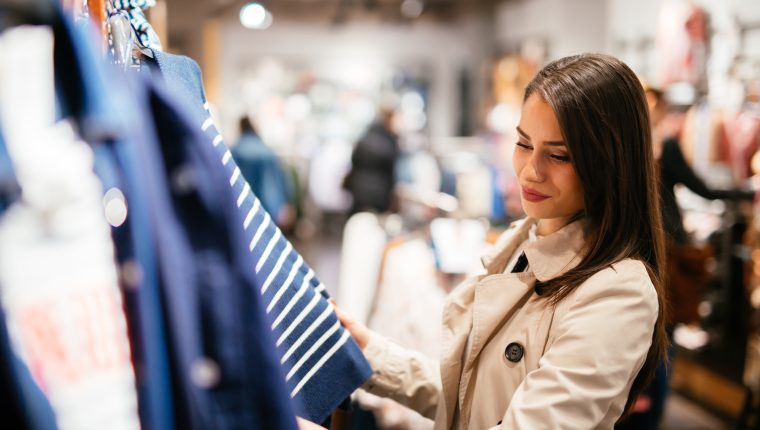
I’m sure that with this brief introduction, you have understood your customers’ need to live and experience new things. Now you might be wondering, how can I achieve this in my business? Below we provide the previously untold keys, both for your physical store and your online presence, which will take your company to the next level.
With the growth of new technologies, the internet, and social media, the omnichannel experience is born. Omnichannel presence involves being available on all platforms where your potential customers are found. According to an analysis by Harvard Business Review, 79% of users already employ omnichannel experiences for their purchases.
To achieve omnichannel experiences for your customers, you need to design both internal and external strategies within your company. It is important to select all the channels where your audience is located, as being present on a channel where your target customer is not found will not be useful. On the other hand, it is essential that all channels are integrated and unified coherently.
Notable companies like Starbucks have perfectly understood the new needs of their customers. They have designed a strategy focused on assisting the buyer while also bringing them closer to the brand. Starbucks customers are often in a hurry and do not wish to wait, so the brand has created an option in its app where the customer can reserve their coffee and collect it at their preferred store without waiting in line. This is an example of how to listen to and understand your customer, designing a process that solves their problem and facilitates their purchasing journey.
But if we delve further, there is a long list of new digital trends that will make your customers’ experiences exceptional. These new tools serve as a springboard towards the enhancement of your business.
Not only will this provide your customer with a unique experience, but it will also bring numerous benefits. For instance, studying and understanding how your consumers use social media will help you establish a much more direct and accurate communication with them. This involves not only choosing the right channels but also using these as sources of information to know them better.
Recognised companies like Mango have also utilised new technologies by installing digital fitting rooms in their stores. These are fitting rooms with mirrors that facilitate the tedious task of trying on clothes. Customers scan the tags of the garments directly in the fitting room, and it shows how the different selected outfits would look. Additionally, they can use an extra personal shopper service thanks to the styling suggestions made by the device itself. This technology makes the customer experience something entirely unique.
Burberry has followed the same omnichannel strategy in its iconic Regent Street store by installing smart fitting rooms. Here, the customer can learn how the garment was made, the materials used, and more. Additionally, they host events at this point of sale, which are broadcast live online.
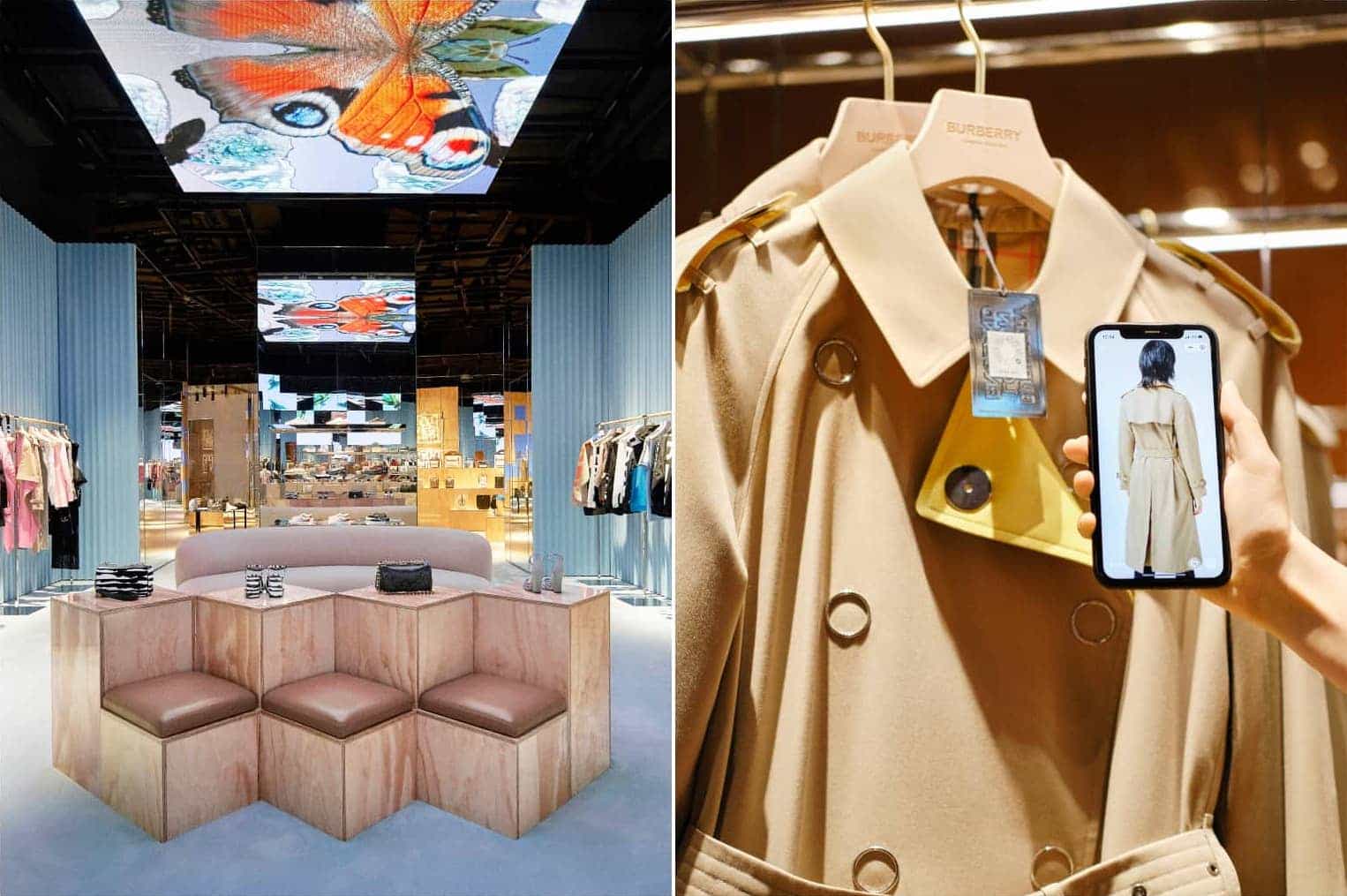
Many customers use brand apps to view products and later purchase them in the physical store. Sephora, the well-known cosmetics brand, offers its customers a loyalty programme that aims to meet their needs and make their purchasing process easier. In their digital platform, customers can mark their preferred products, place orders, and repeat past purchases. They also have the Click & Collect option within 2 hours, which involves tracking products and lists and earning rewards for their purchases.
This technique allows you, on one hand, to gather a lot of information about the customer, which you can later use to recommend products, and on the other hand, it allows you to create a fully personalised experience. This way, you encourage the customer to use multiple channels in a single purchasing process, making their relationship with your brand more complete and satisfying.
There are many differences in the consumer experience when purchasing, both online and offline. Below, we will see a comparison between these two types and how they affect both stores and users.
Offline
The importance of collecting data (Big Data) allows you to know your customers perfectly and anticipate their movements. To design a realistic store map adapted to customer behaviours, you must understand how they behave when they are at your point of sale.
The most important recommendation to keep in mind when creating a store map is that strategies should be based on the data collected from customers, not internal assumptions. Basing strategies on assumptions is a common mistake. Here you can learn more recommendations when creating a store map, many of which can be adapted to your e-commerce page.
There are numerous techniques, with some of the most important being: dividing products into categories, clearly understanding the hot and cold zones of your point of sale, correctly displaying products, and resolving issues that lead customers to decide not to make a purchase. If you have a product that isn’t selling as it should, you can place it in a more visible location, alongside the best-selling product, in a hot spot or near it.
Another option would be to design a decorative element that makes this product attract the public. You can use new technologies here and add an element of surprise. A good example of a brand that introduces elements to grab the customer’s attention is Nike.
Many companies choose to place higher-value products first. This way, we encourage the customer to compare prices, and the following products appear more affordable than they really are. There is also the technique of offering a very affordable product near the checkout, as the customer is already decided on buying and is more likely to choose an additional product; this is called “impulse buying” – these are products that are not necessary at first but are useful, and when the customer sees them at the checkout, they cannot resist acquiring them.
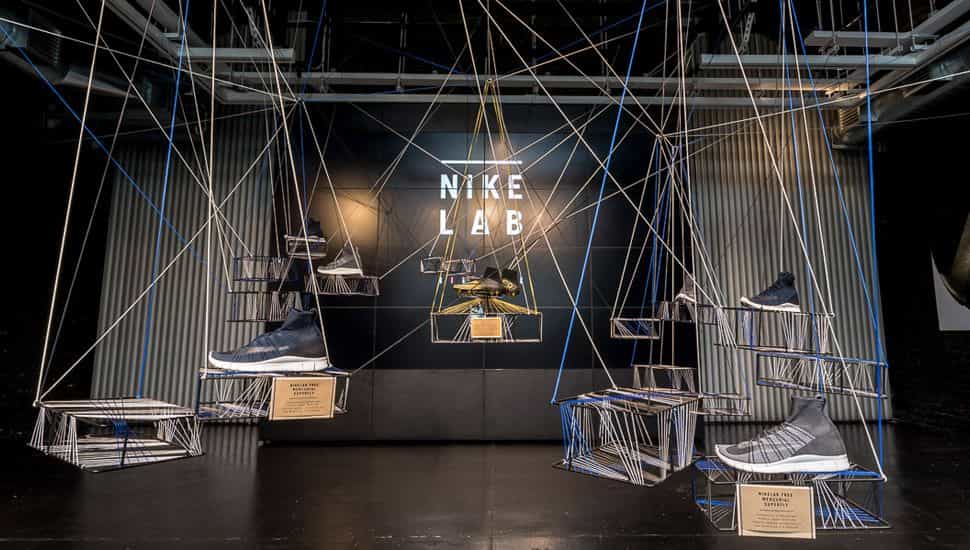
Online
In your online presence, with your e-commerce, you can also use this technique. Offer your customer a product they have already looked at, or that similar customers have previously obtained, just before the payment moment. The brand Freshly Cosmetics offers customers products that might interest them before completing their purchase on the website.
Offline
Knowing what your customers do not like gives you the opportunity to improve the experience you offer. For example, it has been observed in recent times that the retail sector has understood the need for customers not to wait in long queues, as this led to customers leaving the store before making a purchase. This is why we see the popular digital tills. Carrefour supermarket and many establishments in different sectors have opted for this tool, which speeds up the purchasing process by offering an attractive solution to a major problem. On the other hand, there are companies that, thanks to their app, have designed the option for customers to queue virtually, allowing them to do something else while waiting.
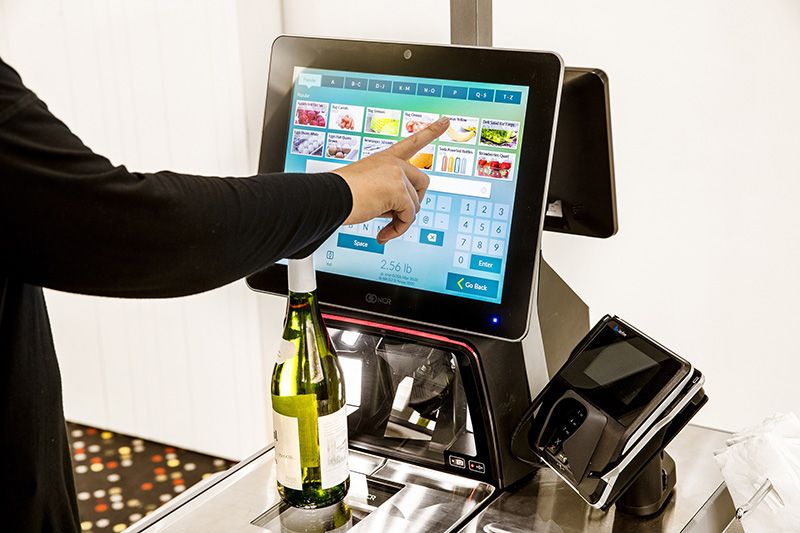
Online
In the e-commerce world, waiting in queues is not a problem, but according to a study by Baymard, almost 69% of online shoppers abandon their shopping cart. Why does this happen? The reality is that a myriad of problems can arise, such as non-free or high-priced shipping, a promotional code that does not work, poor usability of the purchase page, and so on. Studying customer behaviour and gathering as much information as possible will help you identify these problems and find a correct and effective solution.
Offline
How can you broaden your potential customer base? To achieve this, removing architectural barriers and enhancing the accessibility of your establishment will be key. Often, we don’t consider people with reduced mobility or other disabilities, but it is crucial to facilitate their movement so they feel comfortable in your shop and end up making a purchase. Elements such as wide aisles, ramps and disabled toilets, wide entrances, and installing a lift if there are more than two floors should all be carefully considered to facilitate accessibility for every one of your customers.
Imagine entering a trainer shop, liking a pair of shoes, but not being able to reach them or not knowing their price, having to find a shop assistant for information, waiting, and wasting time. This is a mistake. You must ensure that the customer has what they need at all times, but also that basic information is within their reach.
The product should be accessible, placed in a location where the consumer can handle it and see its information. For example, an omnichannel experience technique, which includes new technologies, would be for customers at your point of sale to use your brand’s app to scan a QR code placed on items to see all their information, such as stock, materials, quality, etc. This would facilitate the customer’s purchase, encourage them to buy products, and create a unique and successful customer experience that would elevate your brand’s image.

Placing a product in a hot spot is not enough if it is not displayed visibly and coherently. It is not logical to go to a shop and find a sign located a few centimetres from the ground. The most important products should be placed at the customer’s eye or hand level to improve their view and allow them to grab them without assistance.
Online
The same happens in digital shops. You will always find the most important things and the products that the brand wants to highlight at the top of the webpage, on the homepage, so that as soon as the page opens, the customer is greeted with the latest items. It would be unthinkable for a customer to waste time searching for a brand’s new releases. Either you offer them before they ask, or they will lose interest and leave. If you go to Amazon, you will understand exactly what I mean, since from the first moment you enter their website, you are met with all their offers and latest items.
However, what happens to people with disabilities who visit your website? There are numerous disabilities: people with blindness, low vision, or colour blindness who need a screen reader; users with motor limitations who cannot use the mouse and only use the keyboard; deafness that requires textual alternatives in videos; people who suffer from epileptic seizures that experience drastic colour contrasts. You must consider all of them and make your website as accessible and usable as possible.
Offline
Everyone knows that red in a shop means sale, discount, or promotion. This area attracts customers with surprising ease, but even so, some shops do not play their cards right, and the customer does not see the promotion area. Therefore, even if the promotion space at a point of sale is in a corner, less visible or with less importance than the rest, good signage of this space will make your customers run towards it.
Online
The same happens on your website. Making the most of the advertising space on the homepage to inform your customers about promotions is a great success. Social media can also function as a quick communication tool for your promotions. Another very effective instrument for informing about promotions and building customer loyalty is newsletters. Through an email, you can inform your customer about every offer or new item, and they can access it very easily with a simple click.
You create your brand’s atmosphere with every detail. Everything counts: spaces, colours, style, music, smells, lighting, video and campaign creation, typography, public figures representing the brand, etc.
Therefore, if you want your audience to know the soul of your brand, you will have to use all the elements at your disposal to convey its values and style. But beware! All this atmosphere you create will be worthless if it is not unified across all your channels; there must be coherence between them.
Online
On the online side of your business, primarily your website and social media, you must be careful with every image or message you convey. Maintaining a consistent communication style will help you clearly express your identity and create a unique atmosphere.
Many brands have done an excellent job of positioning, and they have managed to make a customer recognise that an image belongs to their brand with just a simple glance. Building such a strong identity requires a lot of work, but that effort generates greater benefits in the medium and long term.
Offline
You must not forget any part of the purchase process and give the final part of the sale the importance and care it deserves. Users are easily influenced by the final experiences of the process and value negative experiences more than positive ones.
Therefore, to create a distinctive and quickly identifiable atmosphere at your brand’s point of sale, you must consider many elements and tools such as lighting, music, and smell, which we will explain below.
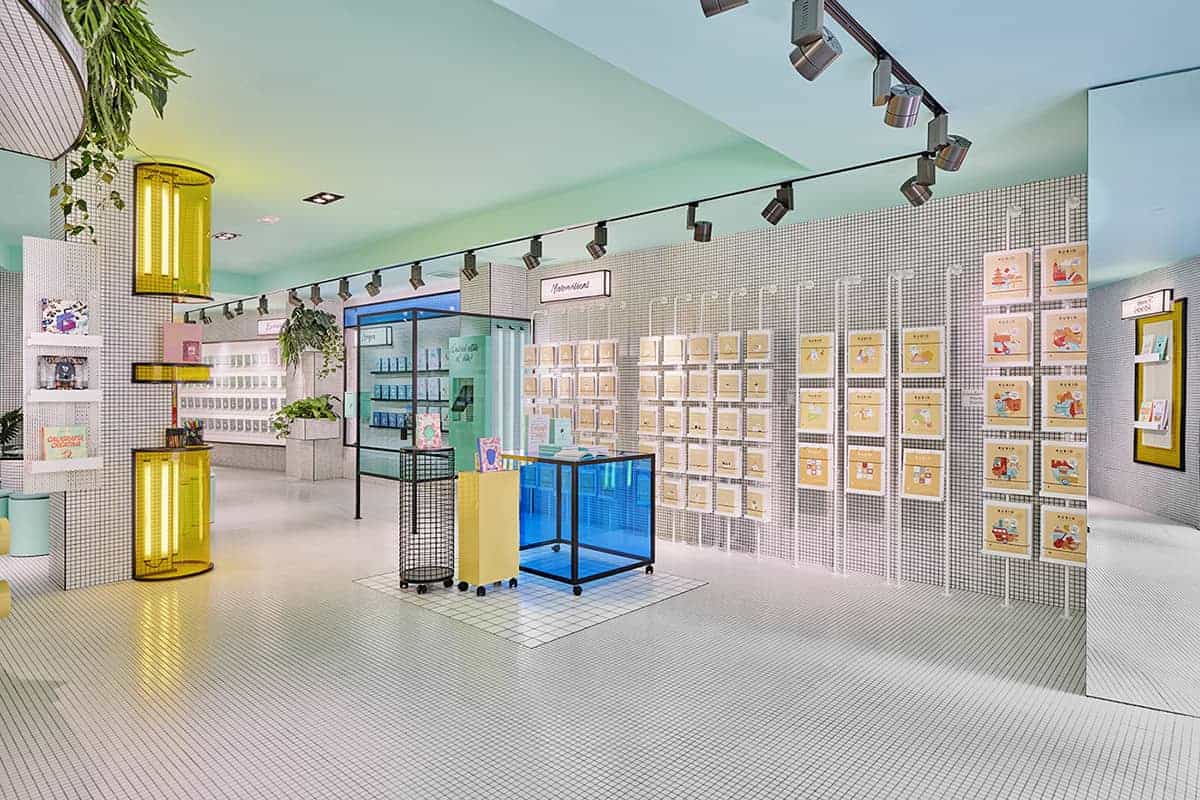
Lighting is a fundamental instrument in retail space design, giving them a singular character and generating a unique experience for the customer. But its function goes beyond aesthetics. Good lighting will help you optimise your results, manage space distributions, position yourself within a customer target, and convey your brand identity in a suggestive way. Lighting creates a sensation in the consumer from the first moment. It not only helps you see a product clearly, but it also conveys certain feelings that can positively influence the customer to make a purchase. Similarly, an inappropriate lighting strategy can make the customer uncomfortable and eventually leave.

Lighting combined with other elements can convey tranquillity, cleanliness, and order. This is the case with Apple shops, which convey a sense of control where everything is perfectly arranged. Luxury brands like Loewe aim to convey exclusivity and elegance, in addition to showcasing their products as works of art with the help of soft and indirect lighting. If you compare the lighting of a point of sale like Loewe’s with a physical shop like Pull and Bear, you will clearly see that the target audience of each brand is completely different. Pull and Bear opts for general and warm lighting, introducing lamps as more youthful and daring elements.
A study on the effects of music on shopping behaviour (Donovan and Rossiter, 1982) suggests that the atmosphere of a shop affects the consumer’s emotional state, depending on the volume, tempo, tone, and texture. Music that appeals to the brain’s pleasure centres and the parts that control arousal makes shoppers behave in different ways. Therefore, you should not take the decision of what music your customers should hear at your point of sale lightly.
It is proven that slow music keeps the customer in the shop longer. This is usually not desirable for certain points of sale and especially at certain times of the day. That is why in youth fashion shops, they often play music with high rhythms to encourage customer turnover. A strategy to encourage purchase would be to have the music tempo slightly slower during quieter hours for those customers who need to think more about their purchases and use faster music during peak hours to encourage quick-rotation purchases.
Music & retail
Another commonly used technique is to play current music in spaces aimed at young people. Although using music from famous singers can be risky as some customers may not like it and end up leaving the premises.
As you can see, the type of customer you are targeting is important when generating a specific atmosphere at your point of sale to hit the mark and build customer loyalty. The brand Zara has a personal strategy that works effectively. Although we know it is a youth fashion company, its target audience is older than other fashion brands, which is why they opt for slower-paced music and do not use music from popular figures to avoid being linked to specific artists. This creates a relaxed atmosphere where the customer feels comfortable and will explore the entire shop without experiencing any issues.
Similarly, smell is an important factor. Some companies have managed to create such a characteristic scent that they even have a range of perfumes; Stradivarius or Zara among them. With this ingredient, you can also convey a sense of elegance or youth, or perhaps cleanliness and freshness. Guiding yourself with statistics that show you the scents you like best will help you make the right choice.
The influence of scents on users can largely determine the decision to purchase a product or service. This is why, in recent times, some brands in the retail sector have wanted to enhance some of the most characteristic scents of their products. Achieving a distinctive, pleasant scent that can evoke sensations in consumers’ minds is a unique added value, but it is difficult to achieve. Therefore, a characteristic scent will become a distinctive and very attractive element.
As you have seen, creating a different, unique, and personalised customer experience is the most effective way to attract and retain your customers. You must consider their experience both in your physical shop and on your various digital platforms. Both are essential. Introducing new technologies and omnichannel strategies will elevate your brand recognition. What are you waiting for to bet on the experience and surprise your customers?
You may also be interested
open
08:00 AM-18:00 PM Monday – Friday
08:00 AM-18:00 PM Monday – Friday